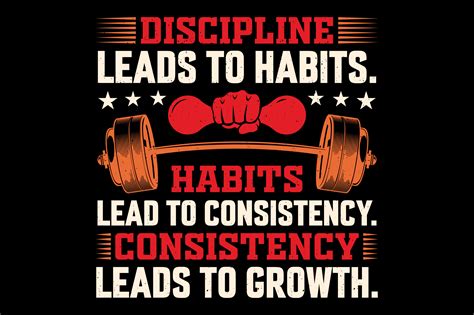Navigating the Inevitable: Plateaus and Dips
Life, whether in the gym or the financial market, is rarely a linear upward trajectory. Men often encounter periods of stagnation in their fitness journey – the dreaded plateau – or face the unsettling volatility of market dips in their investments. These moments of challenge can test one’s resolve, leading to frustration, self-doubt, or even a complete abandonment of goals. Cultivating resilience isn’t just about bouncing back; it’s about developing the mental fortitude to anticipate, adapt, and grow stronger through these inevitable cycles.
For men, who are often conditioned to pursue relentless progress, these setbacks can feel particularly jarring. Understanding how to build a resilient mindset is crucial for long-term success and well-being, transforming potential stumbling blocks into stepping stones.

The Psychological Impact of Stagnation
Both fitness plateaus and market dips share a common psychological thread: they challenge our sense of control and progress. In fitness, a plateau can erode motivation, making consistent effort feel futile. The gains slow, the strength doesn’t increase, and the mirror might not reflect the expected changes. Financially, a market dip can trigger anxiety, fear, and even panic, especially if it impacts savings, retirement funds, or business ventures. The feeling of losing ground can be demoralizing.
Men are often socialized to maintain a stoic front, but internalizing these frustrations can be detrimental. Recognizing the emotional toll – be it disappointment, anger, or fear – is the first step toward effective coping and building resilience. It’s about acknowledging the challenge without letting it define your capacity for success.
Strategies for Cultivating Resilience in Fitness Plateaus
1. Reframe Your Perspective
A plateau isn’t a failure; it’s an indication that your body has adapted to its current stimuli. It’s a signal to change your approach, not to quit. Embrace it as an opportunity for learning and strategic adjustment.
2. Analyze and Adjust
- Vary Your Training: Introduce new exercises, change rep ranges, alter training splits, or try a completely different form of exercise (e.g., strength training if you’re stuck in cardio, or vice versa).
- Prioritize Recovery: Often, overtraining or insufficient sleep/nutrition is the culprit. Ensure adequate rest, quality sleep, and a balanced diet. Consider active recovery days.
- Set Process Goals: Instead of focusing solely on outcome goals (e.g., lift X weight), focus on process goals (e.g., perfect form for every lift, complete Y number of workouts per week).
3. Seek External Input
A personal trainer or an experienced gym partner can offer fresh perspectives, identify weaknesses, and introduce new methods you hadn’t considered. Sometimes, an objective eye is all it takes.

Strategies for Cultivating Resilience in Market Dips
1. Maintain a Long-Term Perspective
Market history consistently shows that downturns are temporary, and markets tend to recover and reach new highs over time. Panicking and selling during a dip often locks in losses and misses the subsequent recovery.
2. Review and Rebalance, Don’t React
- Reassess Your Goals: Are your initial investment goals still valid? A dip shouldn’t automatically derail them.
- Diversify: Ensure your portfolio is adequately diversified across different asset classes, industries, and geographies to spread risk.
- Dollar-Cost Averaging: Continue to invest a fixed amount regularly. During a dip, this means you’re buying more shares at a lower price, which can lead to greater returns when the market recovers.
3. Control What You Can
You cannot control market movements, but you can control your savings rate, your investment strategy, and your emotional response. Focus on increasing your emergency fund, living within your means, and avoiding impulsive decisions driven by fear.

The Core Pillars of Resilience: Applicable to All Challenges
Beyond specific strategies, true resilience is built on fundamental mindset shifts:
- Self-Awareness: Understanding your emotional triggers and how you react under pressure.
- Adaptability: The willingness to adjust plans and embrace change rather than resist it.
- Optimism: Believing in your ability to overcome challenges and that better times will come, without being naive.
- Support Systems: Leaning on mentors, friends, family, or professional advisors for guidance and perspective.
- Mindfulness: Practicing techniques that keep you present and prevent rumination on past failures or future anxieties.
Conclusion: Embracing Growth Through Adversity
Cultivating resilience is an ongoing journey, not a destination. For men, learning to navigate the inevitable fitness plateaus and market dips with grace and strategic thinking is a powerful life skill. It’s about understanding that challenges are not obstacles to success, but integral components of growth. By adopting a proactive mindset, leveraging effective strategies, and nurturing a strong internal compass, men can transform these moments of stagnation and volatility into profound opportunities for strength, wisdom, and enduring progress.





